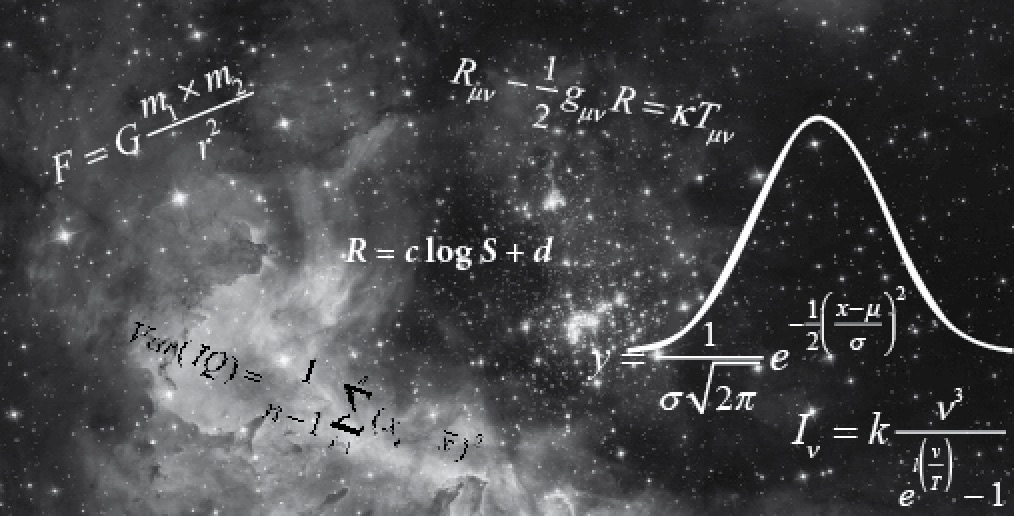
In the STEM subjects (science, technology, engineering and mathematics) mathematics is the language in which the ideas are formulated, expressed and established. To communicate in these subject disciplines, you must be fluent in mathematics.
Omni Magazine, in a famous 1979 interview with physicist Richard Feynman asked:
Are physical theories going to keep getting more abstract and mathematical? Could there be today a theorist like [English scientist Michael] Faraday in the early nineteenth century, not mathematically sophisticated but with a very powerful intuition about physics?
Feynman responded:
I’d say the odds are strongly against it. For one thing you need the math just to understand what’s been done so far. Beyond that, the behavior of subnuclear systems is so strange compared to the ones the brain evolved to deal with that the analysis has to be very abstract … Faraday’s models were mechanical–springs and wires and tense bands in space–his images were from basic geometry. I think we’ve understood all we can from that point of view; what we’ve found in this century is different enough, obscure enough, that further progress will require a lot of math.
This is also becoming a requisite in other subjects in which statistics comes into play. Most research in psychology, education and other fields in the social sciences rely on statistical techniques to analyze data and draw conclusions. For a few decades, there was some controversy over the concept of general intelligence, g, because methods for establishing its existence relied on the somewhat sophisticated mathematical technique of factor analysis–a knowledge that was rare among those in the social sciences.
Even in biology, it was once believed that mathematics was inessential, yet as far back as the early 20th century, it was becoming clear that mathematics was becoming increasingly important. Biologists were debating whether a new mutation in a species would die out (be swamped) in successive generations. After a cricket match with the famous mathematician G. H. Hardy, the British geneticist Reginald Punnett described the swamping argument that was confounding their attempts to explain heredity using the Mendelian model of discrete alleles that transmit traits. Hardy immersed himself in the problem, and in 1908 he submitted his paper to the journal Science, stating that under a particular set of reasonable assumptions the proportions of all alleles in a population will stabilize and remain constant from the second generation onward. In what some scientists interpreted as a hint of condescension, he submitted his paper to that journal as a letter to the editor:
I am reluctant to intrude in a discussion concerning matters of which I have no expert knowledge, and I should have expected the very simple point which I wish to make to have been familiar to biologists. However, some remarks of Mr. Udny Yule, to which Mr. R. C. Punnett has called my attention, suggest that it may still be worth making…
In what is now called “The Hardy Weinberg Principle,” Hardy provided the mathematics that resolved the controversy once and for all.
So, we can say that competence in mathematics up to the end of an undergraduate program is essential for almost any research scientist in this era. That is why there is a strong correlation between being a scientist and being good at math. However, being good at math is not a sufficient condition for being a great scientist. For that, it takes additional qualities like curiosity, passion, imagination and focus.
